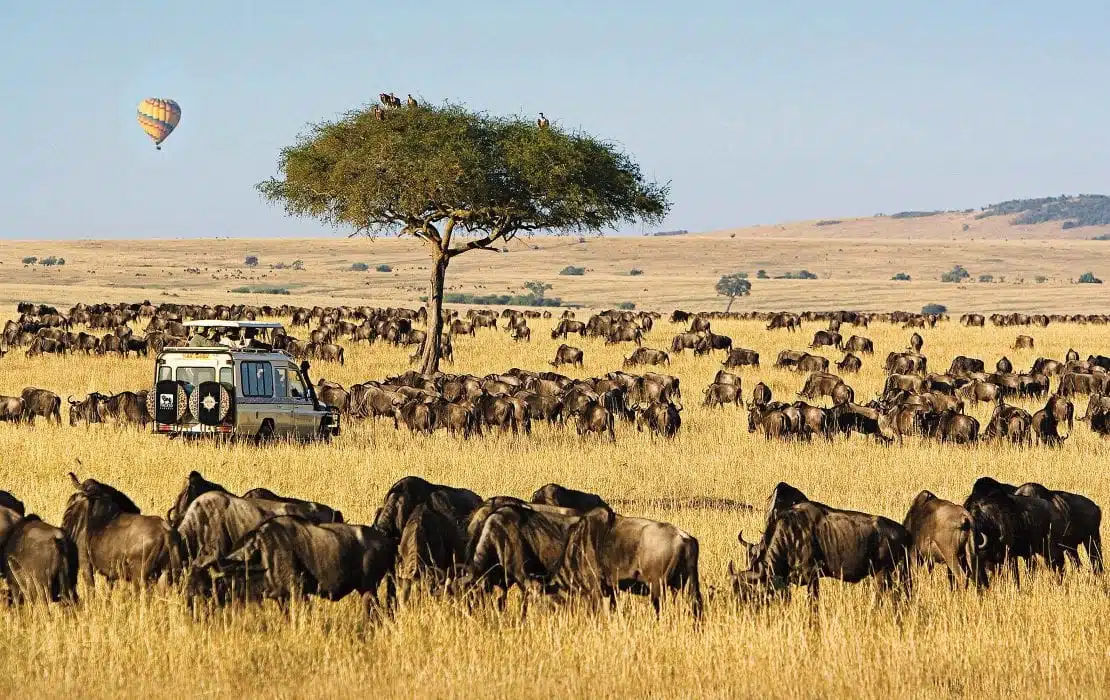
The Maasai Mara National Reserve, also known simply as the Masai Mara or locally as The Mara, stands as one of Kenya's largest game reserves, renowned as Africa’s premier wildlife sanctuary. Recognized globally, the Mara Game Reserve is celebrated for its rich wildlife population, including the renowned "big five" - lion, leopard, African elephant, cape buffalo, and black rhinoceros - alongside other iconic species such as zebra, giraffe, hyena, cheetah, wildebeest, eland, and Thomson's gazelle. The reserve derives its name from the Maasai people, the traditional inhabitants of the region, who described the area as "Mara," meaning "spotted" in their local Maa language.
Notably, the Masai Mara National Reserve gained global acclaim through documentaries like the Big Cat Diary, showcasing its prolific predator populations. It was revealed that the reserve sustains a population of over 600 lions within its ecosystem, further cementing its reputation as a premier wildlife destination.
The Mara hosts the wildebeest migration, the largest animal migration on Earth, occurring annually between Kenya's Masai Mara National Reserve and Tanzania's Serengeti National Park. This awe-inspiring event reaches its pinnacle in July when the wildebeests cross the Mara River. Millions of wildebeests, accompanied by zebras and elands, journey together from the Serengeti to the Masai Mara. Regarded as one of the natural wonders of the world, the wildebeest migration captivates observers with its sheer scale and spectacle.
